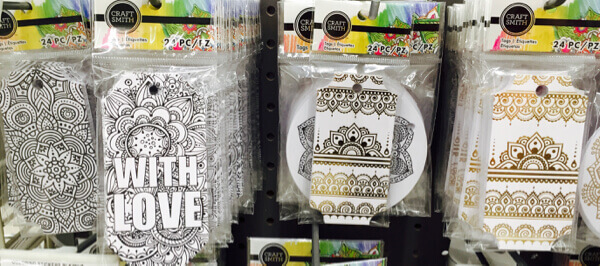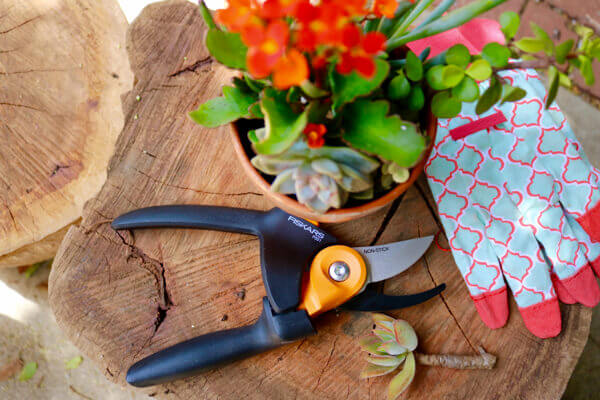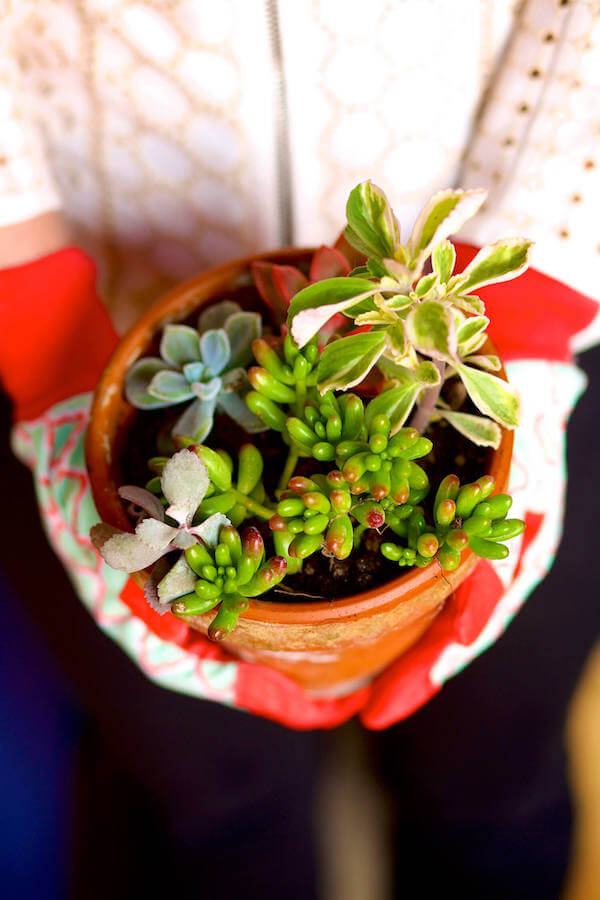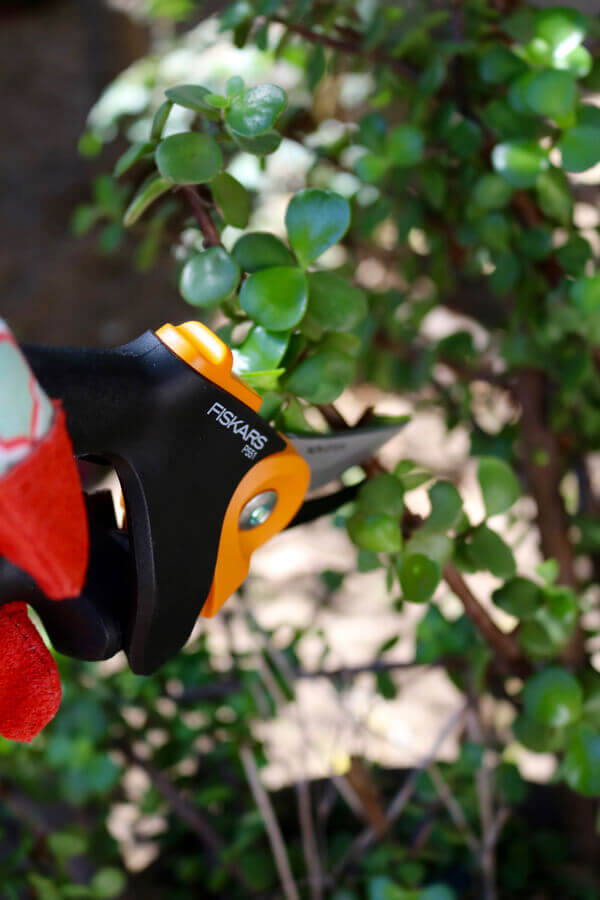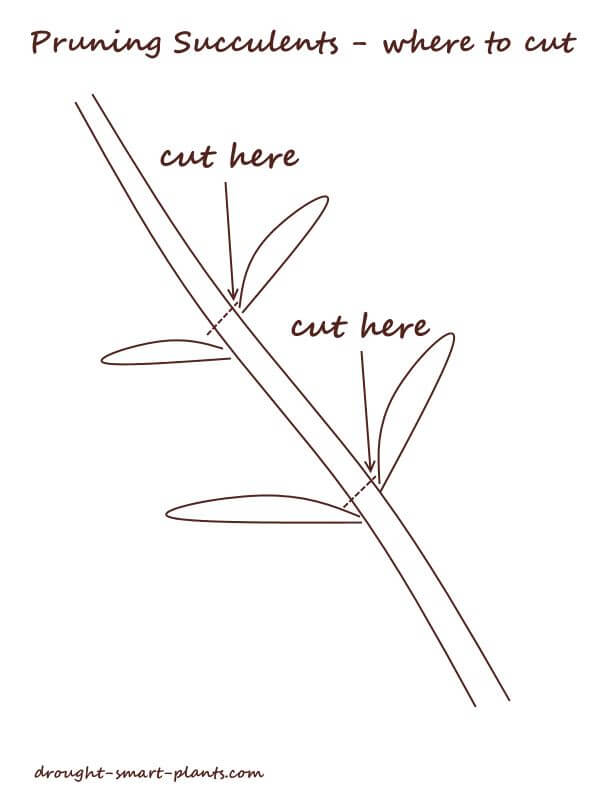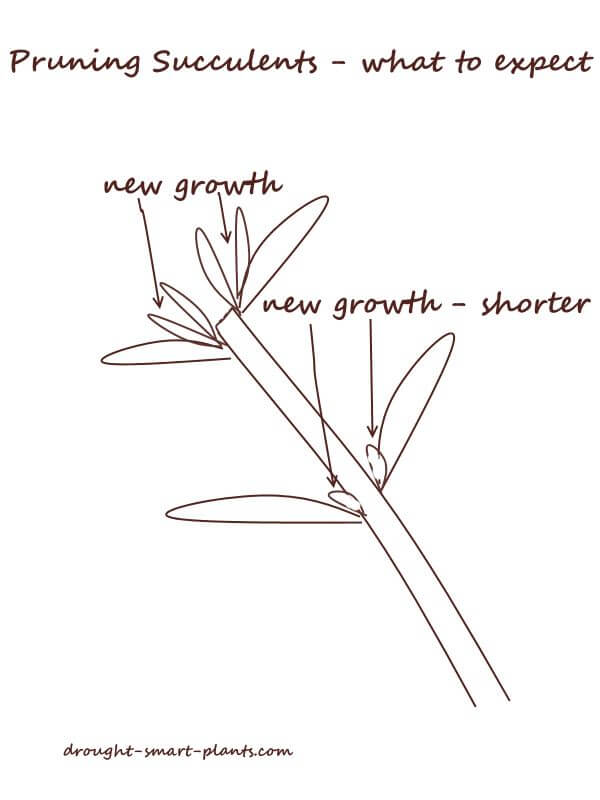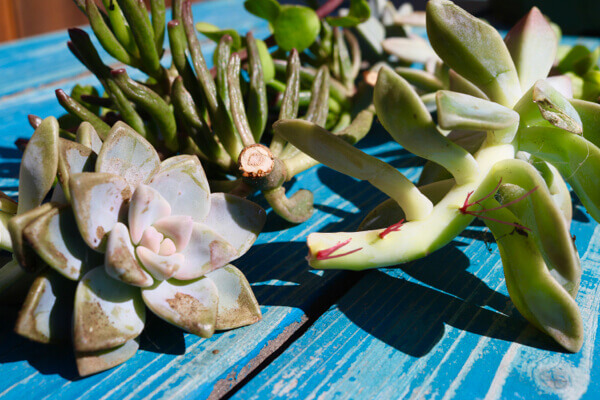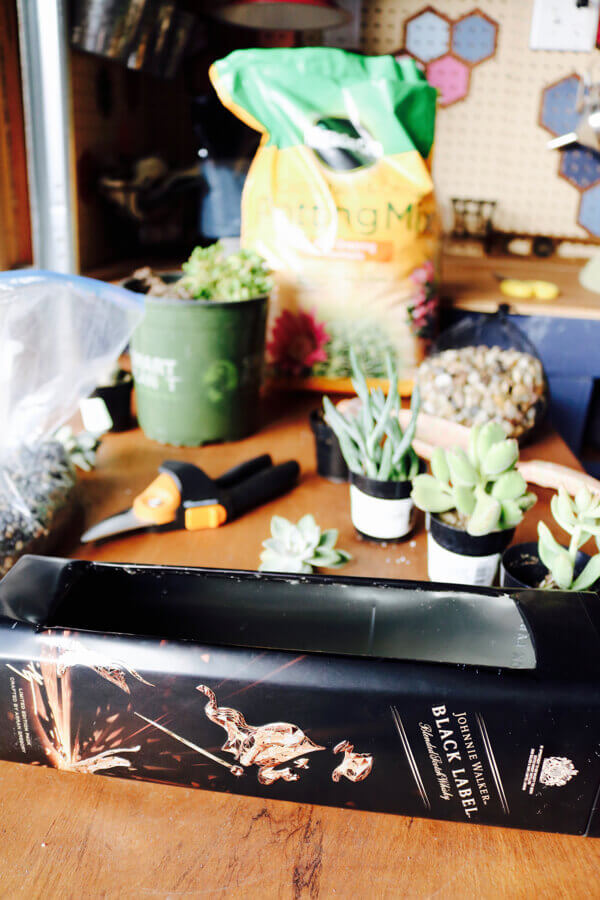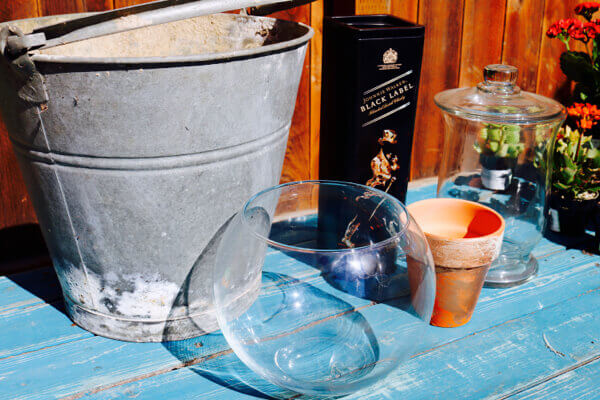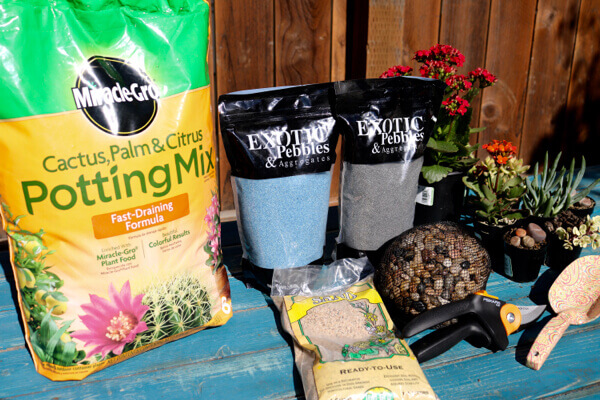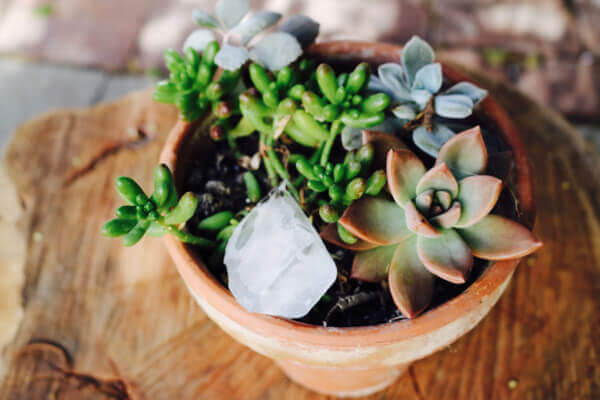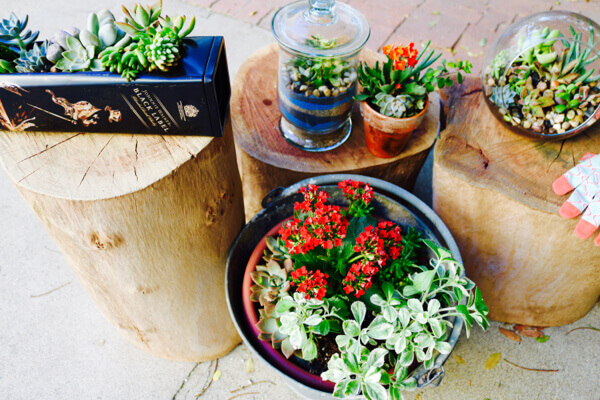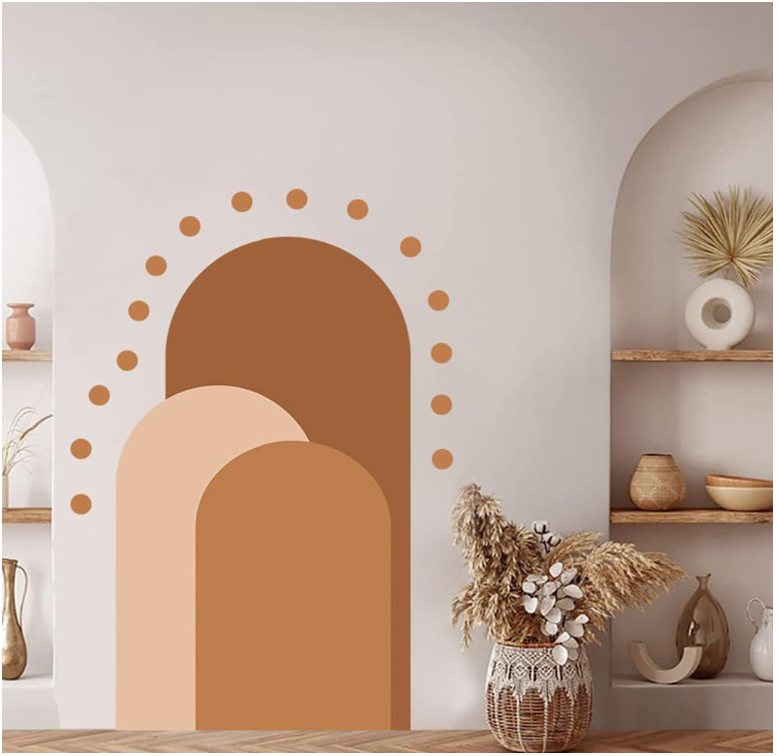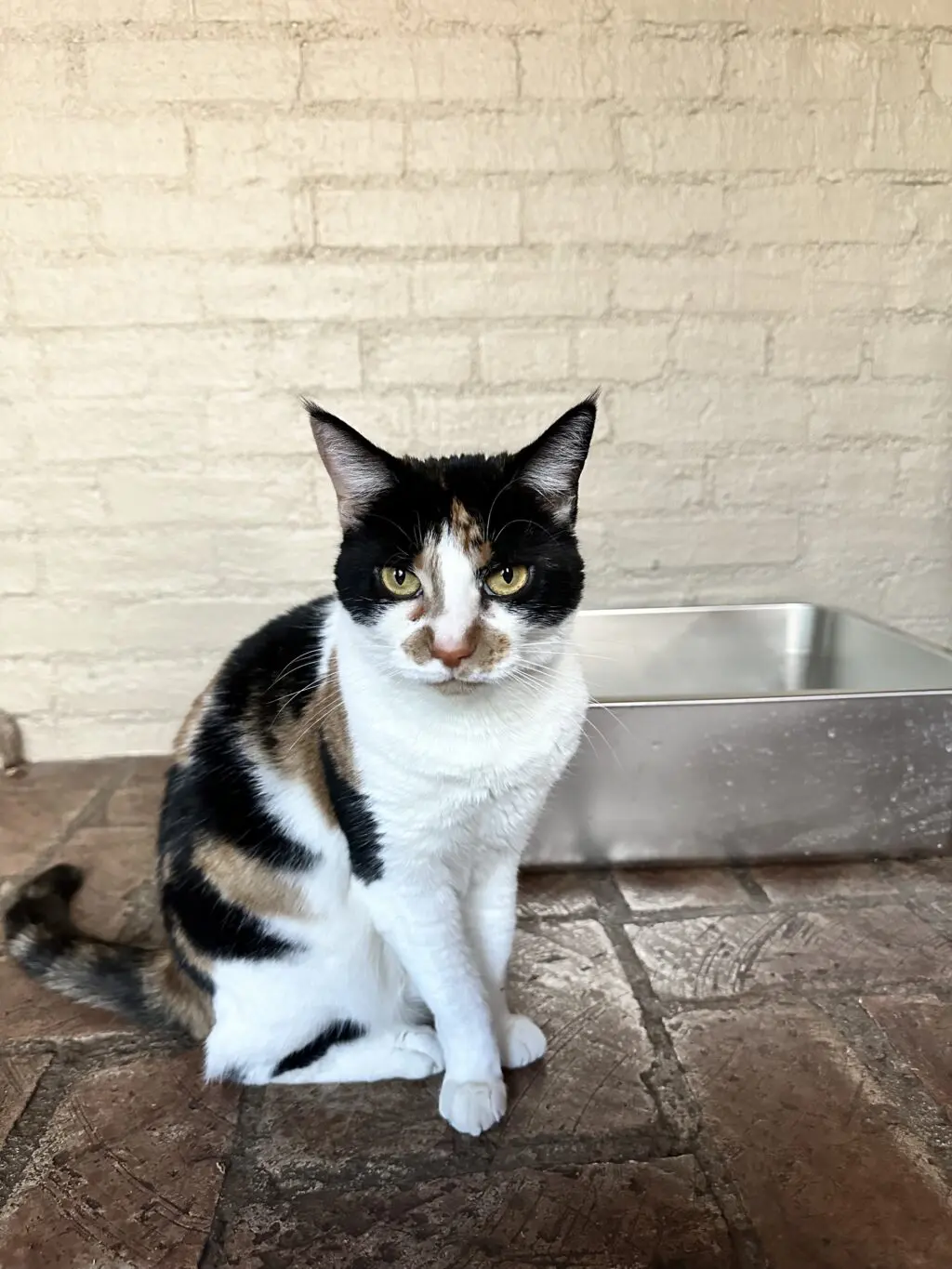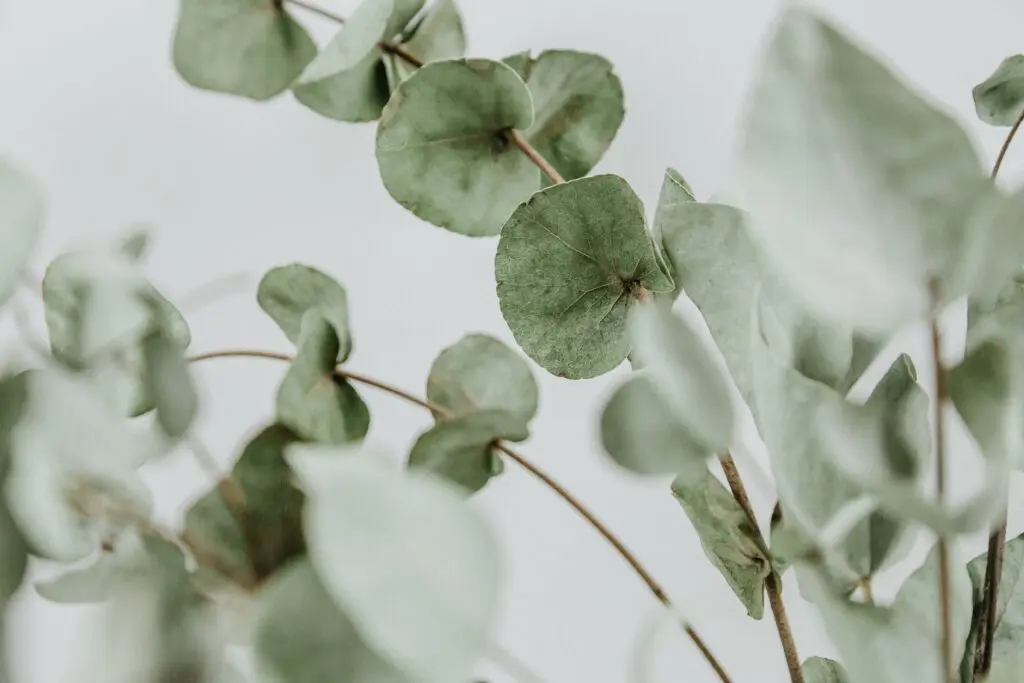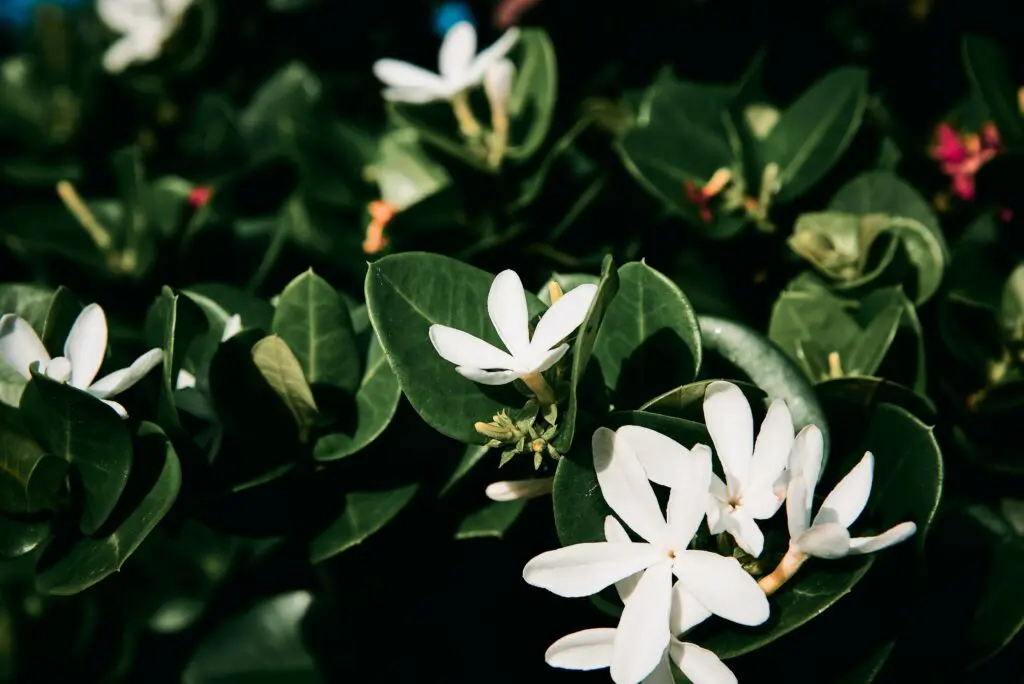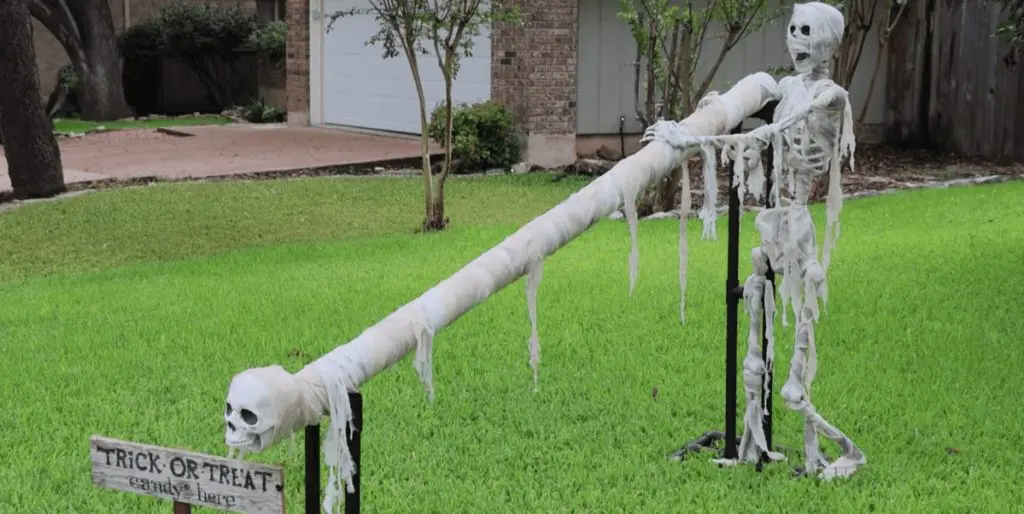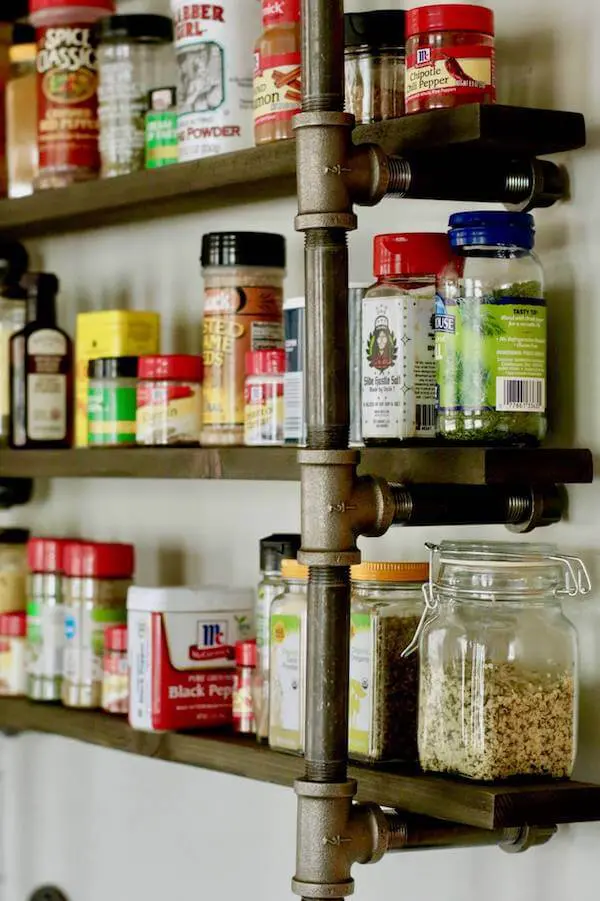I’m a bit of a late-bloomer when it comes to loving succulents.
Yes, I just did that.
But, now that I’m totally in with these totally IN water-friendly plants, I want more! So, with the help of my green-thumb blogging friends, like Drought Smart Plants, I thought I’d give y’all a super-duper easy way to prune, propagate, then plant your favorite succulents.
1. PRUNE
Using quality pruning shears, cut just above a set of leaves. If you’ve got leggy succulents without leaves, just prune it to the look you like. Note: it’s really quite difficult to go wrong here…they’re quite hearty!
I’m super happy to welcome Fiskars as a new sponsor and am even happier I was able to try their PowerGear2 Pruner – it seriously cuts like butter. It has the ability to cut through tough stems and even thick branches and feels great in my hand.
Now, you’ll find that when the plant starts to grow new shoots, they’ll look larger near the top and smaller near the bottom.
2. PROPAGATE
Like many cookie recipes, I’ve found that there are several versions of how to properly propagate succulents (say that 5 times fast!). The most seemingly popular way is to:
(a.) first prune a section (as mentioned above), then allow to dry a minimum of 1-3 days and up to 1 or more weeks (Yes! They’ll be okay if left alone that long!). The trimmings will form a callous, which is necessary for them to develop cute li’l pink shoots which are basically tiny roots (see image above).
(b.) If you’d rather not bother with the drying part, you can place them on flat or tray or pot of succulent soil (here’s a great make-your-own recipe), then allow them to do their “thang” – yes, these self-sufficient succulents will actually find their way into the soil if left to their own devices!
They’re the CATS of the plant family!
You might then ask, “What about watering?”
The wonderful thing about succulents during propagating, is that they don’t require water until (a.) their roots have formed, and/or (b.) taken hold. Once they have, for the FIRST watering, you should saturate them in water, then allow them to dry out again.
3. PLANT
Planting succulents is really quite simple:
a. Container: you can use anything from a pot, to a glass bowl, tin, or pretty much anything your heart desires!
b. Soil ‘n decorative sands: use cactus and succulent soil – it has a higher rate of drainage and is designed for the needs of these dessert-friendly plants. You can also add sand and pebbles for more efficient drainage or texture and a more decorative finish. All the above are easily found at any box store or nursery.
c. Watering: RULE OF GREEN THUMB: water outdoor succulents once a week, 1-3 for indoor ones. For succulents with no drainage, you can water 1 1/2 – 2 weeks. Tip #1: ICE cubes are an easy way to water succulents – use one cube for every 2″ plant. Tip #2: buy a soil moisture meter to stay on top of your succulents’ watering needs.
d. Gravel or no Gravel?: if you’re planting your succulents in a NON-drainable container (a terrarium or wooden box with no holes), gravel (or pebbles) is a great way to help maintain the right amount of moisture, and can possibly prevent root rot. Pretty important step I’d say!
Terrariums ‘n Containers
A terracotta pot, vintage bucket, glass container, a repurposed fishing bowl and even a whiskey tin does the terrarium trick! There are so many ways to plant this wonderfully water-friendly plant, so be creative and prune away!
All photography (except where noted) by Skaie Knox, HomeJelly
